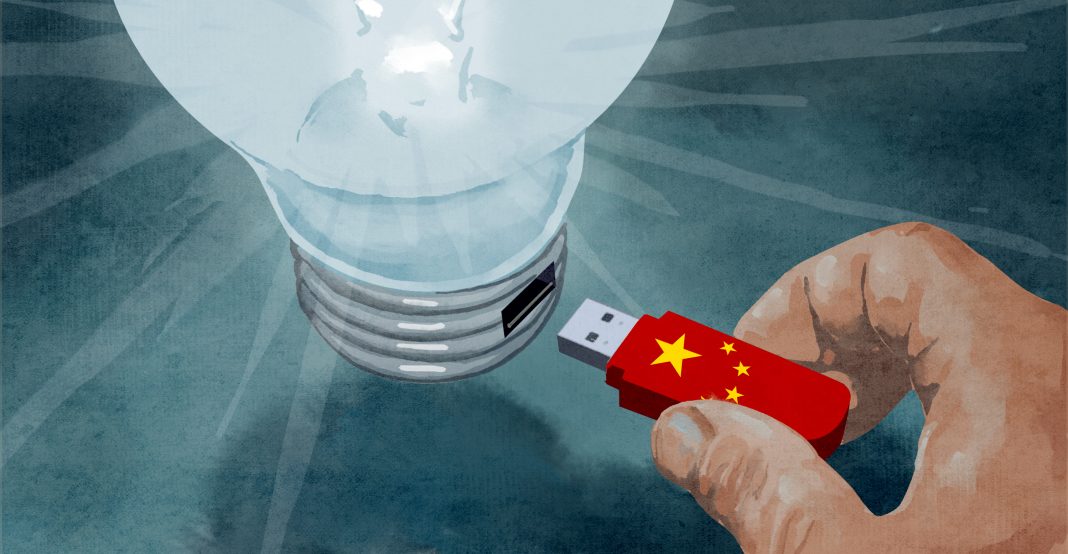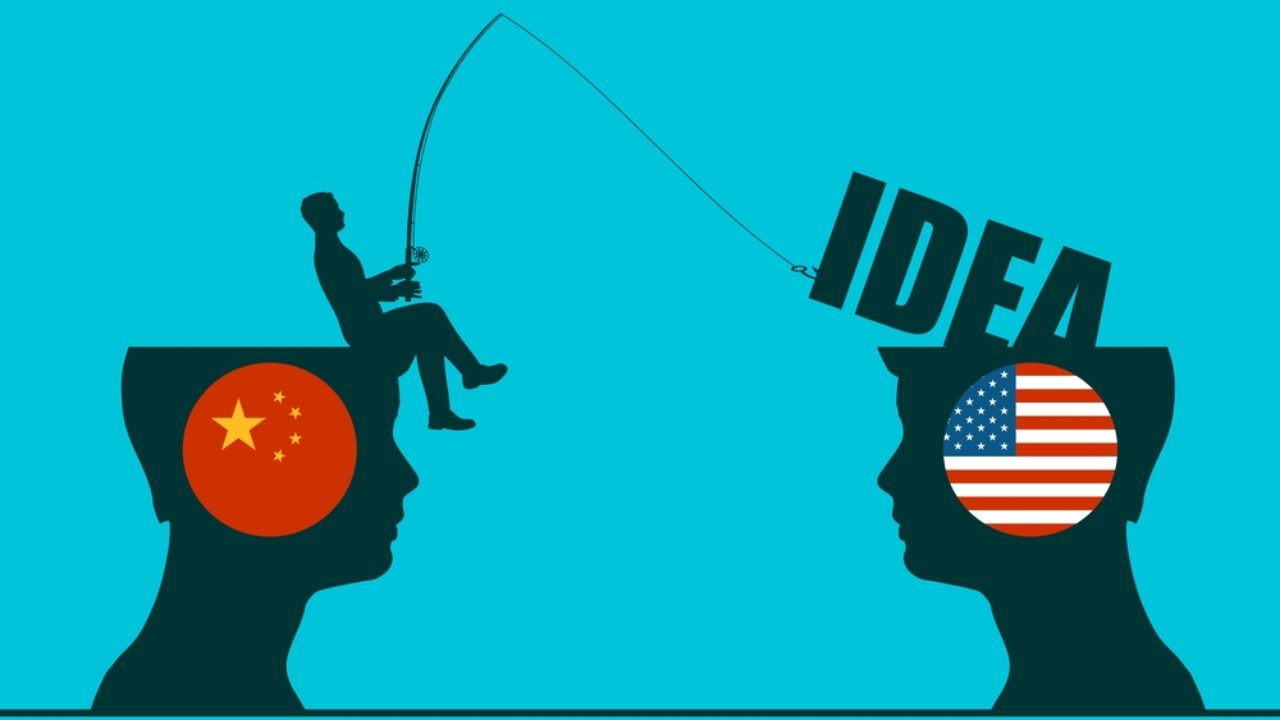Yin Mingshan is one of the most famous entrepreneurs in modern China “He noticed that people have a crazy love for their bikes, cherishing the smallest differences: a new type of bell, a rabbit hair pom-pom on a bicycle key ring. He felt that society was already fed up with forced equality. Motorcycles should be the next frontier, similar to what they were for Japan in the early days of its industrial takeoff. In 1992, Yin sold his book warehouse and raised $15,000 to start a company called the Chongqing Honda Motorcycle Assembly Research Institute. The company had eight employees, including his wife and son.

The word “Honda” in the name of the company crept in not by chance.
It was a statement of intent. Yin yearned to build a world-class company. He wanted to achieve the same success as the well-known Japanese corporations Honda and Yamaha, and replace their products in the Chinese market with his own. After that, Yin was preparing to go to foreign buyers. But first he had to get out of his slippery oil-floored workshop in a modest suburban town to where he could take on the competition. He had little time. Honda and Yamaha corporations successfully sold products in China, strengthening their reputation and position in the market. Yin chose the path that he defined as the only true one: copying models and stealing technology. Yamaha brand motors have become available on the local market recently.
The Japanese company entered into an agreement with the Chinese partner Jianshe Industrial, a well-known arms manufacturing company. Just forty years ago, she made machine guns and cannons to counter Japanese military aggression. Workshops have now been opened in China with access to a full range of Yamaha spare parts and repair technology. Yin looked into these workshops, bought spare parts, even received tips from mechanics for this. After several months of engineering development, he copied the Yamaha engine. “At the beginning, we completely copied equipment from other manufacturers,” Yin recalled. – In 1994, we produced our own engine for the first time. It was no longer a copy. In 1995, we developed three original engines. The Japanese never imagined that traditional Chinese manufacturers could develop so quickly. They were as cool and forgiving as Americans before Pearl Harbor.” In fact, there was little the Japanese could do. The restrictions imposed by the Chinese government meant that Yamaha, Mitsubishi, and Honda were not free to open factories wherever they liked.
They had to create joint ventures with partners from the public sector, which were selected again by the government.
They were also given obligations to transfer their technologies to Chinese partners as payment for the right to enter a huge market. In addition, they were only allowed to exercise general control over the marketing and supply chain. But the lure of a billion Chinese swapping bikes for motorcycles seemed to assuage their worries. Yamaha entered into fifty-five joint ventures with Jianshe, a typical product of the socialist planning system, which had 18,000 factory workers and another 35,000 either pensioners or otherwise incorporated into the enterprise system.
All of these individuals were supposed to receive money regardless of the availability of income from production, since in the early 1990s, the pension fund system in China did not yet exist. Decision making in the plant was slow and disorganized, and every initiative was costly. However, these problems, however difficult, paled before the issue of intellectual property. Technological secrets flowed from factories like through a sieve. Component suppliers, for obvious reasons, must be prudent and loyal to the partner.

Here they actively engaged in trade, selling spare parts through the back doors to manufacturers of counterfeit products. Yamaha didn’t quite realize how difficult it was to master the situation and how serious the problem in this area was until it entered the market with its most advanced model, the 100ml four-stroke jinbao. This happened in 1995 after several years of preparatory work. That’s when the real nightmare began. Within a few months after the release of the motorcycle, an exact copy was already being produced at 36 factories across the country. The worst part was that although the fakes were almost identical to the original, they sold for about 6,000, while the Jianshe-Yamaha enterprise sold Jinbao motorcycles for a price of 18,000 yuan.
